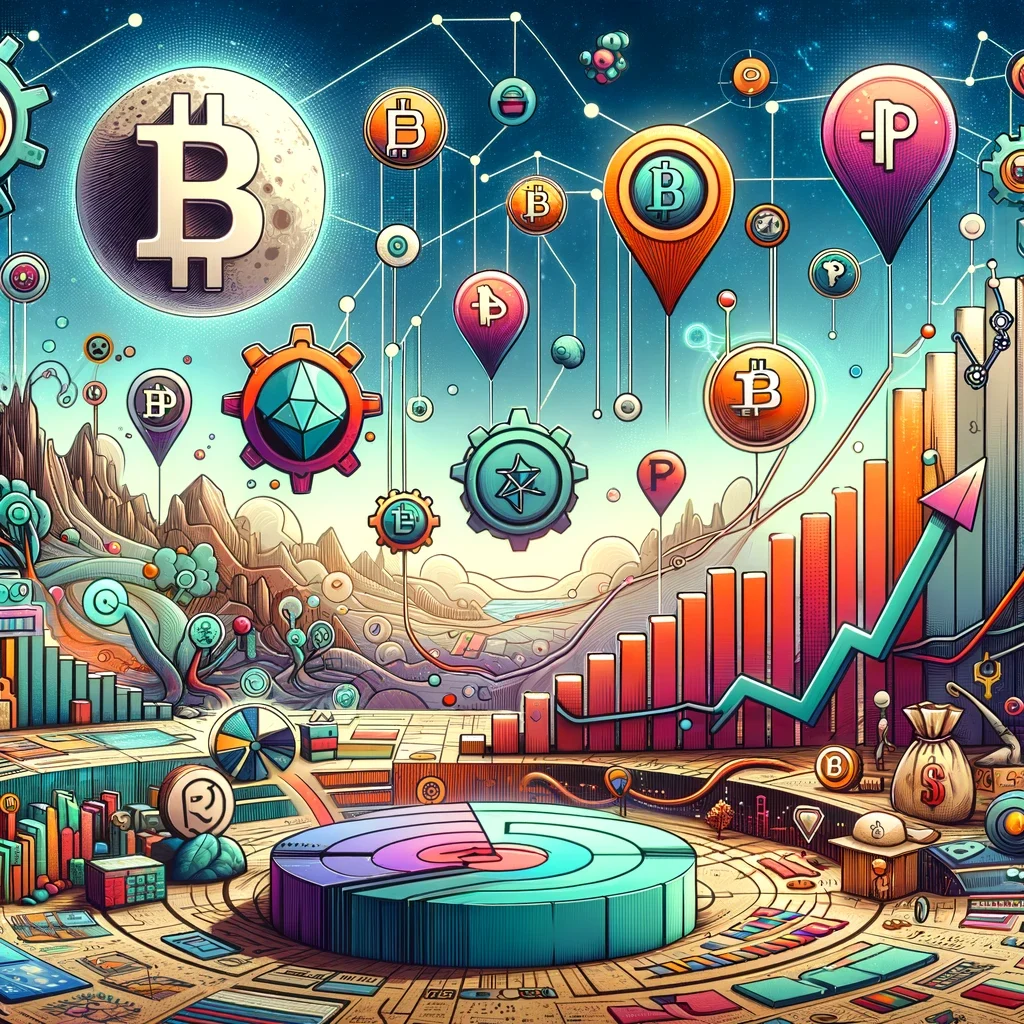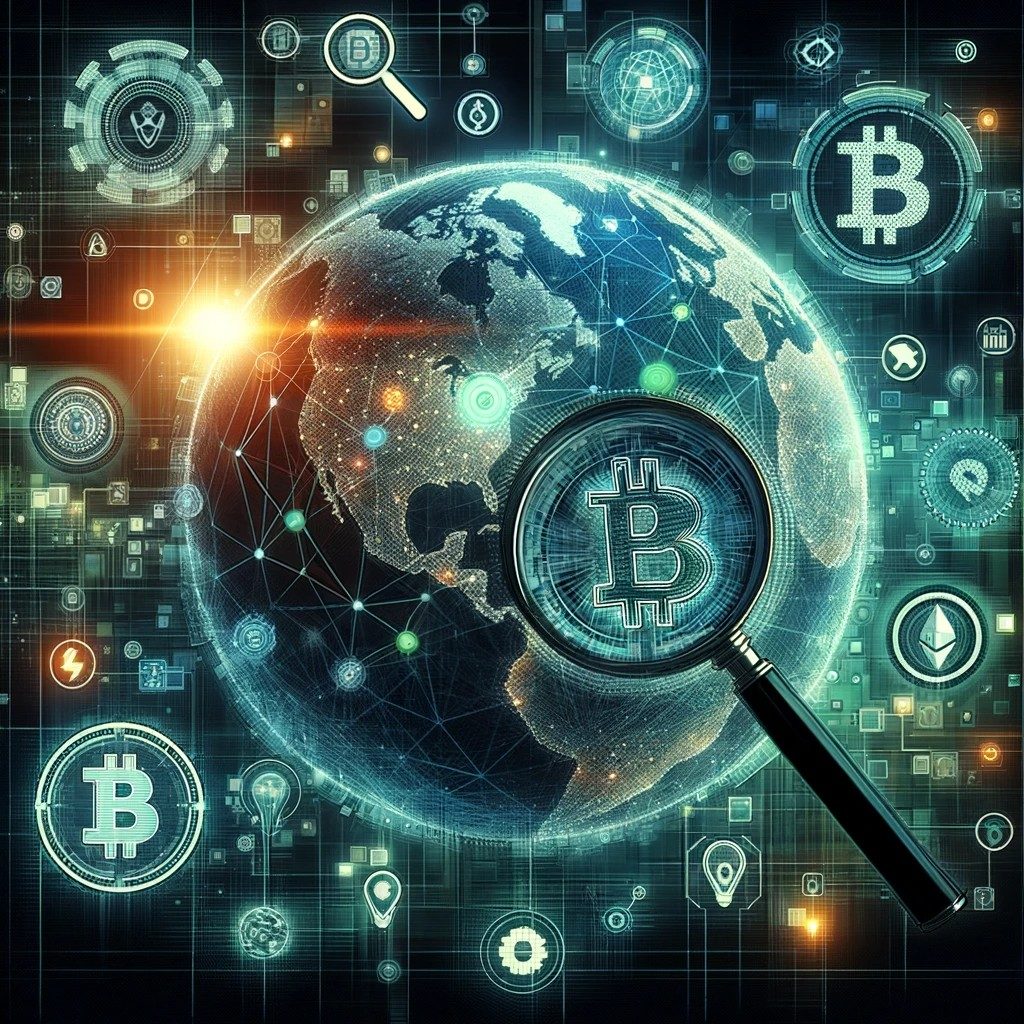The clamor surrounding the recent surge in interest rates and looming deflation brings forth an urgent economic discourse, begging a deep dive into the intricacies of these financial phenomena.
Despite swift hikes in interest rates at an unprecedented pace since the 1990s, the inflation beast remains undomesticated, leaving economists and policymakers in a quagmire.
Rate Hikes: A Quick Fix or a Mirage?
The world’s 20 leading economies have observed average interest rate elevations of 3.5 percentage points in a bid to tighten borrowing costs, albeit this strategy’s effectiveness remains questionable.
Jay Powell of the Federal Reserve and Christine Lagarde, the European Central Bank president, forecast inflation won’t revert to the 2 percent target until 2025, even as central banks cite higher core inflation, tight labor markets, and services sector pressures to predict ongoing price escalation.
The belief that inflation will yield to forceful rate hikes might be too simplistic an approach, considering the 18-month lag monetary policy typically holds before impacting spending patterns and prices.
Policymakers have only been raising rates for less than a year and a half in the US and UK, and even less in the eurozone, pushing the economy into restriction mode only recently. The delayed effect of this tightening could hint at monetary policy’s declining power compared to decades ago.
A New Economic Landscape
A shift from manufacturing to services, requiring less capital, might be contributing to the slower transmission of tight monetary policy. Housing and labor market transformations since the 1990s may further explain the sharper response to rate hikes in the past.
Presently, more households own their properties outright or rent, and fixed-rate mortgages have grown more popular, delaying the effect of central bank rate hikes on household spending.
In the UK, the decrease in households owning mortgaged property and the dip in floating-rate mortgages suggest a slower monetary policy transmission.
Post-pandemic labor market conditions further complicate the situation. Labor shortages, particularly in the services sector, are driving wage growth and, consequently, inflation.
Companies are reluctant to release staff, fearing recruitment difficulties if growth strengthens, insulating the sector from policy tightening effects.
The Risk and Aftermath
Policymakers’ initial underestimation of inflation led to policy delays, broadening price pressures from a limited number of supply chain-constrained products to almost all goods and services.
These lapses may make inflation harder to control with higher rates. If rate hikes prove inadequate or their effect is too delayed, high inflation might become the new normal, warned the Bank for International Settlements.
Adjusting back to a 2 percent inflation target could necessitate dangerously high borrowing costs, potentially destabilizing the financial system.
This precarious situation is evidenced by the collapse of several midsized US lenders and the issues faced by Credit Suisse earlier this year, partially attributed to increased borrowing costs.
If growth also stagnates, policymakers will face the daunting task of trying to control inflation amid a recessionary environment. As interest rates climb, economists like Jennifer McKeown of Capital Economics predict a recession in most advanced economies in the coming months.
While interest rate hikes seem an intuitive solution to curb inflation, the interconnected dynamics of today’s economic landscape necessitate a more nuanced approach.





